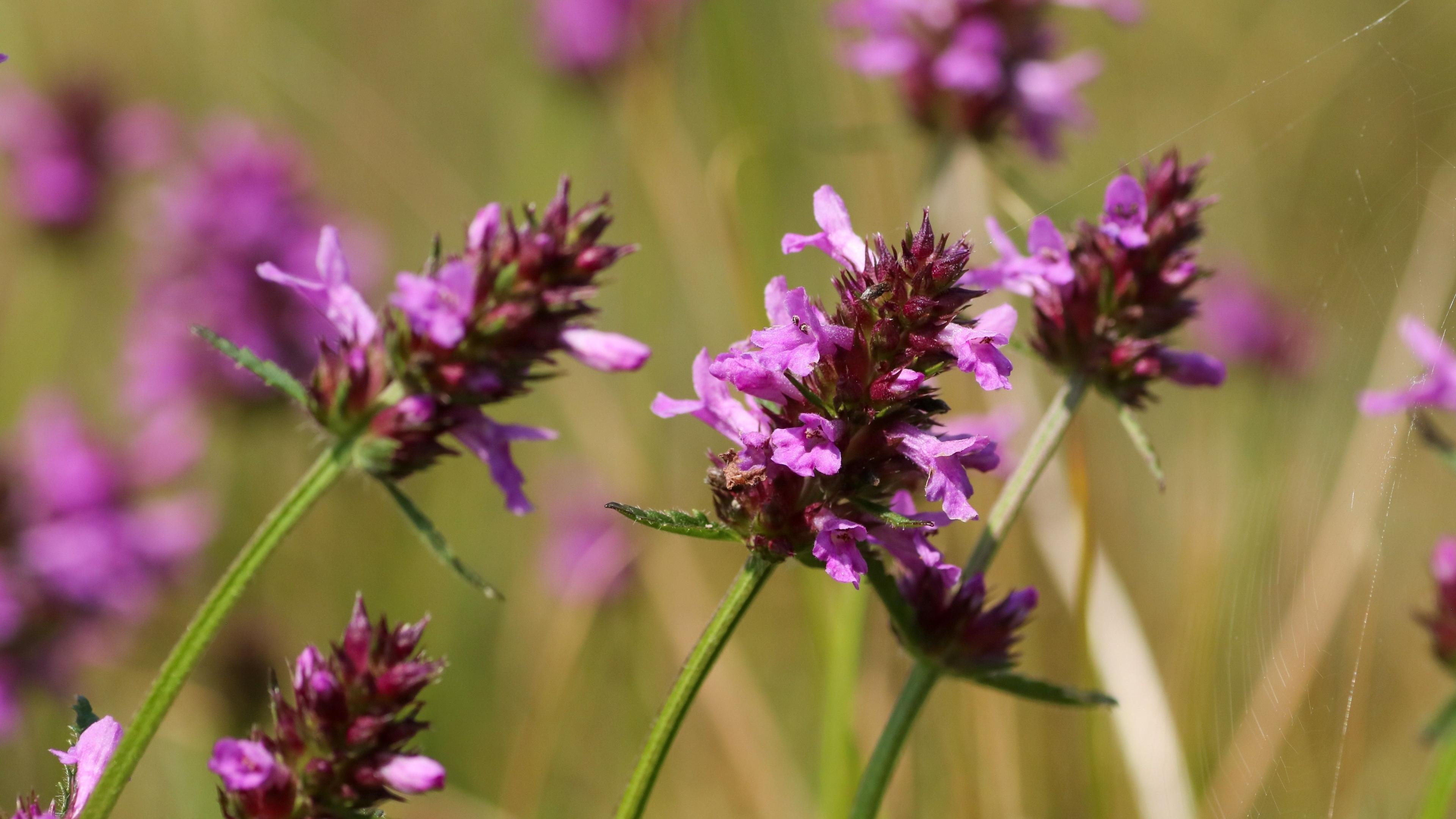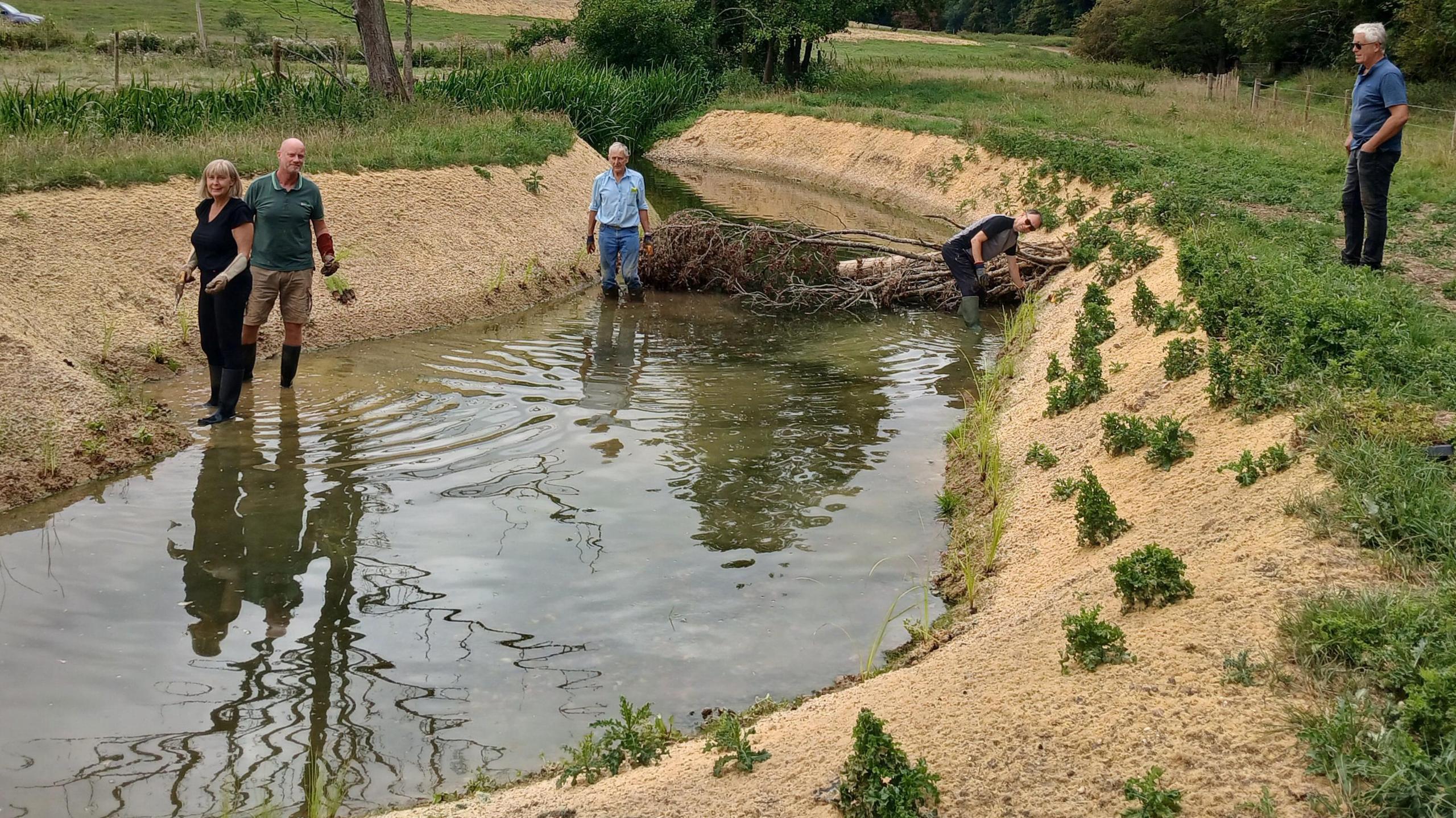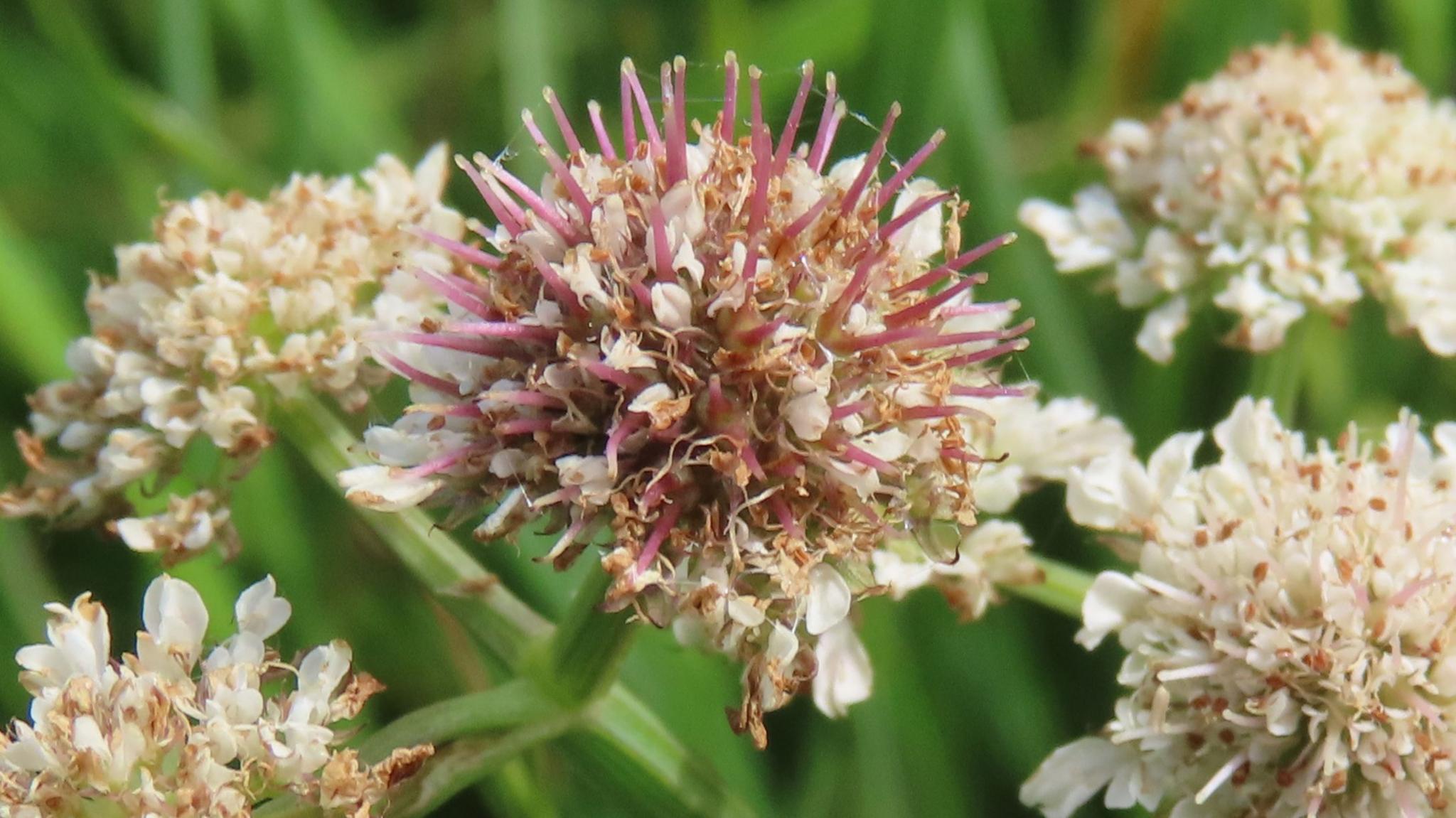Plants at nature reserve put on 'threatened' list

Betony is one of the plants which has been newly classified as a threatened species
- Published
A wide range of plants have been classified as threatened species according to a report by the Botanical Society of Britain & Ireland (BSBI).
Some of those plants were found at nature reserves managed by Herts and Middlesex Wildlife Trust.
Of the 1,720 species evaluated for the new list, 26% were assessed as threatened. This included Betony, Marsh Marigold and Devil's-bit Scabious.
Ian Carle, nature reserves manager at the trust, said "none of these plants were deemed threatened" in the previous 2005 report, and it was "further evidence our native wildlife is in trouble".

Marsh Marigold, pictured at a farm in Hertfordshire, made the threatened species list
The GB Red List for Vascular Plants report provides a comprehensive revision of the previous list, published 20 years ago.
The term "vascular plants" covers all seed-bearing plants (flowering plants as well as conifers) and pteridophytes (ferns and fern allies).
Red Lists are created using internationally recognised criteria to assess threat status, and are crucial in providing the evidence that underpins nature conservation, helping prioritise future action.
The decline of these plants is not only a loss for wildlife but a warning sign for us all, said Herts and Middlesex Wildlife Trust.
Many play key roles in supporting pollinators, maintaining healthy soils, and regulating water, all of which people rely on for food, clean air and resilience to climate change.

Devil's-bit scabious, pictured at Patmore Heath in Hertfordshire, is also under threat
Over the last 50 years, grassland and heathland have seen greater decline than any other habitat.
Hertfordshire has followed a similar pattern to much of the rest of the country, where more than 97% of semi-natural grassland was lost in the 50 years prior to 1984.
Mr Carle said that "on many of our grassland nature reserves, we are using traditional conservation grazing methods to reduce nutrients in the soil, thereby increasing the diversity of plant species".
Get in touch
Do you have a story suggestion for Beds, Herts & Bucks?
Follow Beds, Herts and Bucks news on BBC Sounds, Facebook, external, Instagram, external and X, external.
Related topics
- Published12 October

- Published21 September

- Published9 July
